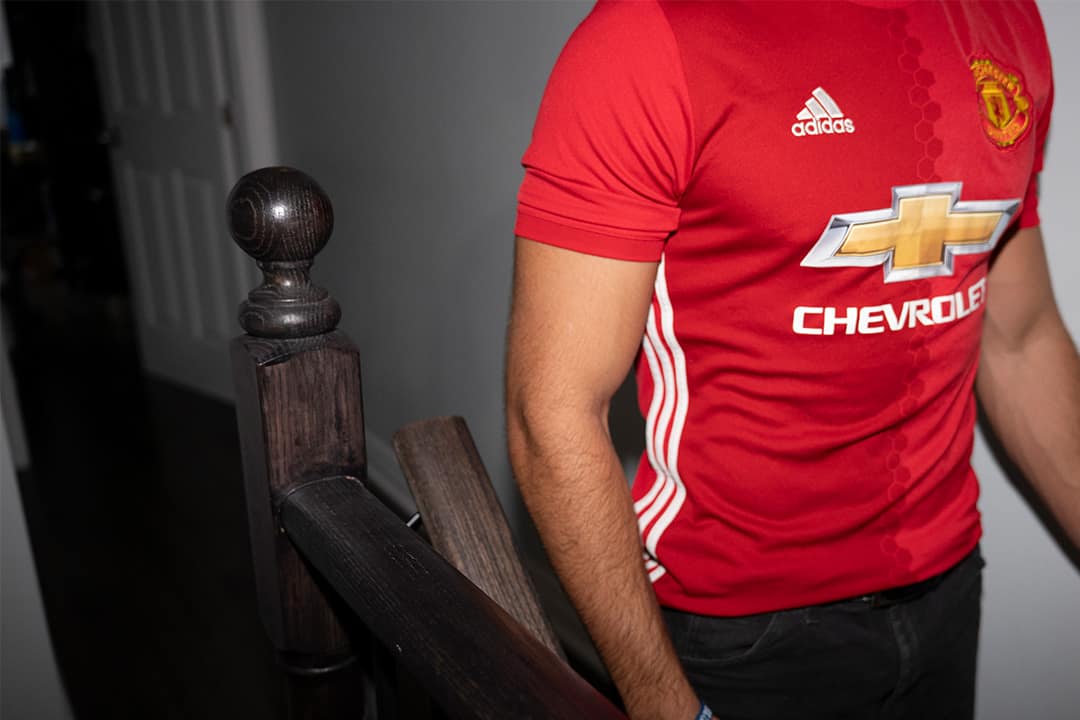In recent years, soccer jerseys have become fashion statements — what was once considered sportswear reserved only for match days has evolved into a global style phenomenon. A particular fashion style of wearing jerseys with jeans and vintage shirts has even received the name “bloke-core” among young soccer fans in the United Kingdom and North America.
As these jerseys grace runways, streets, and social media feeds, their unique connection of sport and style will continue to attract more attention. The Athletic reported that German club FC Bayern Munich sold the most soccer shirts globally in 2021, with over 3.25 million units. Considering the average price for a kit in the UK is 80 pounds, it doesn’t take long to figure out this is a huge industry.
We can’t understand the rising popularity of soccer jerseys without the term fast fashion: the rapid production of clothing — like soccer jerseys — at low cost, often at the expense of environmental risk and huge waste. There are ways manufacturers can prevent the horrible outcomes of fast fashion. Fortunately, sports brands and clubs have begun entering the era of sustainable, eco-friendly sports appeal.
Plastic bottle jerseys
So far, brands are focused on two key ways to help create a better environment. One of them is to recycle plastic.
The beginning of a profound shift in the sports apparel industry toward sustainability was in 2010. Specifically, Nike pioneered an effort to create environmentally-friendly soccer jerseys from recycled materials and set a precedent for future innovation in environmentally-conscious sportswear. Several teams, including Brazil, Portugal, and the Netherlands, wore these recycled jerseys by Nike — made from only eight plastic bottles each — in the 2010 World Cup.
As part of Nike’s Move to Zero initiative, Nike’s Vice President of Sustainable Innovation, Seana Hannah, explained to GQ in a 2020 article that Nike’s materials supplier transforms plastic bottles by chopping them into flakes, melting them, and spinning them into yarn. This process prevents the bottles from going to landfills. She adds that, compared to other jerseys, these recycled jerseys provide better performance than other non-recycled jerseys, with breathable material. As a result, they significantly reduced energy consumption in the manufacturing process, while also showing that fashion and environmental responsibility could coexist.
In the last 13 years, more than 7.5 billion plastic bottles have been recycled by Nike to make jerseys. Nike, Puma and Adidas have all established goals to produce clothing using mostly recycled materials in the near future.
As fans started to see the jerseys on their favourite players, it became evident that the pursuit of sustainability was not just a passing trend but a commitment that would shape the future of sports apparel for years to come.
Eco-friendly practices
Another beneficial action teams and brands can take is to gather used jerseys, and clothes from fans to prevent waste and recycle the material for future use. For example, Manchester City encourage fans to bring their old clothes to recycling drives in stadiums and be a part of a bigger change.
Professional leagues have also embraced sustainability with aesthetically pleasing, eco-friendly practices. Major League Soccer’s launch of the One Planet Kit, entirely made from recycled plastic, not only appeals to the eye but also aims to connect emotionally with fans through visuals of the ocean. It symbolizes the shared responsibility for our planet’s future.
These are efforts to make sports clothing sustainable, but they are still limited: currently, less than one per cent of clothing in general is recycled globally, according to the Ellen MacArthur Foundation. Furthermore, recycling alone can’t solve fashion’s sustainability issues. Instead, businesses need to change their models and governments need to enact sustainability regulations. Hopefully, sports brands can be pioneers in that change as well.
Jerseys symbolize what fans believe in and what they support. Fans adopting sustainability and environmental responsibility as an integral part of their support can lead to a deeper connection between sports and sustainability. This united effort can leverage the power of sports for the benefit of sustainability and environmental protection.



No comments to display.